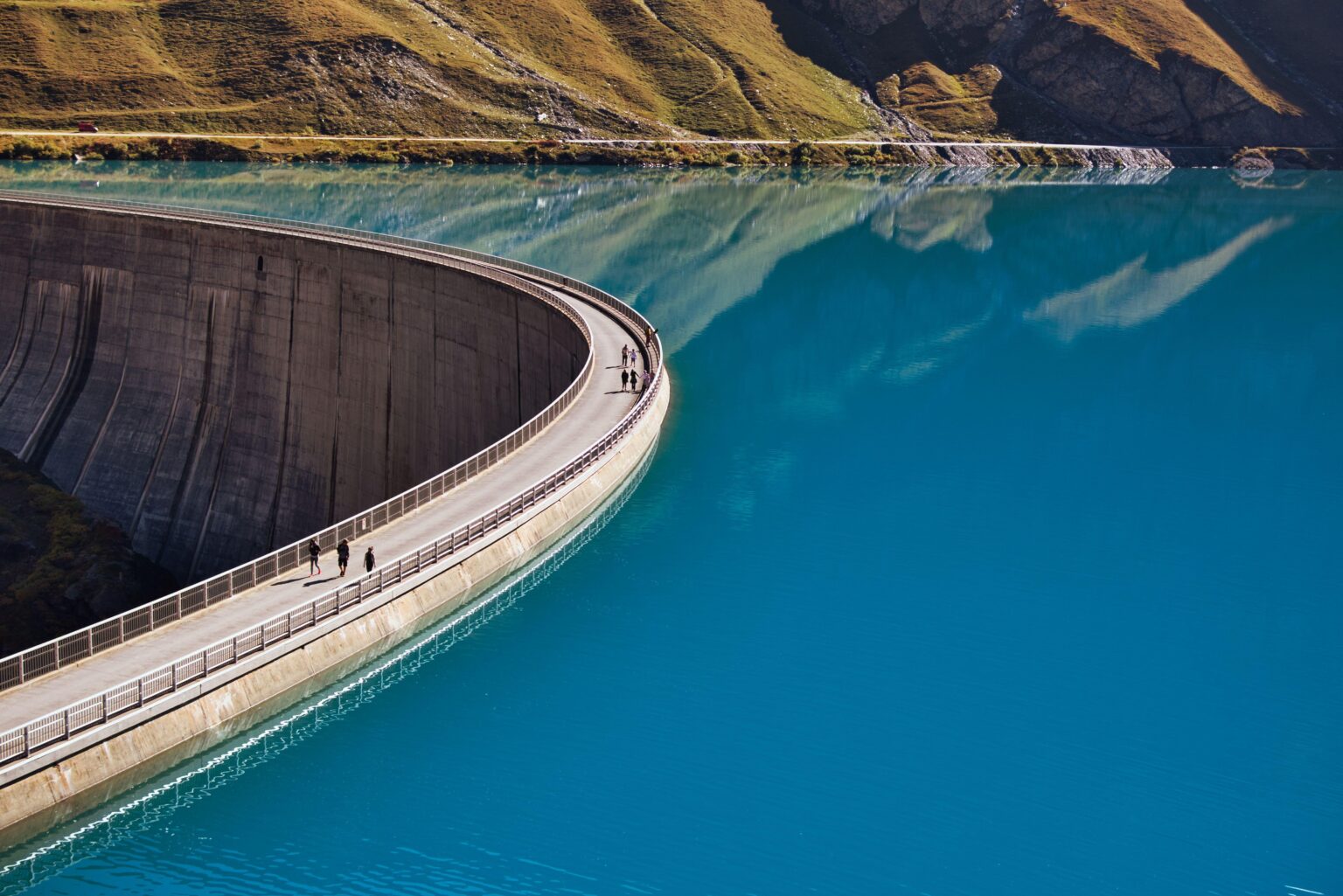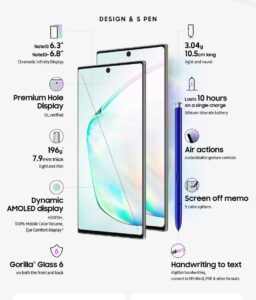Climate change, industrialisation and population growth come together to increase pressure on the world’s most vital resource – water.
Water is a finite resource that is constantly being recycled as a continuous global process. As with any continuous process, maximising the volume and quality of the output while minimising losses is essential. Losses through leakage, for example, not only limit supply but result in wastage. The same is true of wastewater, which has a high potential to impact the environment and so needs to be collected, transported and processed with the same degree of care.
With ageing infrastructure and traditional water systems failing to meet the needs of the population, governments around the world are focused on how to conserve and protect resources, recycle natural water and wastewater, and develop non-conventional sources long-term. In this landscape, the Internet of Things (IoT), and the access to data it provides, represent a unique opportunity for businesses and organisations. The ability to monitor, measure and control water quality enables the process to run within tighter limits to drive our losses, minimise treatment costs and maximum supply.
Water management in Africa
Our Centre of Competency IoT.nxt® has devised and installed two IoT solutions to improve water resource management in South Africa.
As one of the 30 driest countries in the world, local governments and utility providers have no choice but to look at technology to support safer, more efficient and cost-effective water and electricity management. The first project tackles infrastructure monitoring, providing a rural municipality with real-time insights as to the condition and performance of its network.
As part of the solution, local governments can get notifications of faulty meters instantly, receive an accurate view of consumption and monitor flow rates to detect losses or shortages in supply. This means maintenance teams can take corrective action straight away before problems occur or worsen.
The second one focuses on smart water storage and helps a pharmaceutical company in Johannesburg increase its efficiency and water security. Using IoT sensors, the company has a complete view of water levels in their storage tanks and alerts when the water flow is outside preset limits – for instance, when levels are too low or have ceased or water pressure has fallen.
But it’s not just emerging countries that are looking to develop new approaches. We’re working with customers in Europe to address the challenges faced by managers of water facilities.
Breathing new life into legacy infrastructure
One of the major challenges for the water industry is the complexity and age of the installed infrastructure and the wide range of legacy systems across the network.
Whilst the IT systems may be 30 years old, they are typically running on physical infrastructure that may be hundreds of years old and was never designed for instrumentation and where retrofit can be complex and expensive. This has resulted in the sector facing significant overheads and operational inefficiencies.
In the UK, working with IoT.nxt, we have developed a platform that allows water companies to improve monitoring and detection systems, increase efficiency, reduce wastage, and meet regulatory requirements without the need to change or upgrade the current infrastructure. The solution offers a single data management platform that can integrate old and new sensors in one system to dramatically increase operational efficiency. The solution is device and technology agnostic, so it can bring together any of the new and innovative solutions that are being developed to upgrade, maintain and improve infrastructure.
This means water companies can have access to an end-to-end, secure solution, that can reduce loss and maximise existing assets. For instance, in the UK, we’re working with South East Water to make underground mains water pipes smart.
If we can save water, we can save the planet
Reducing water waste and improving water management is key to helping combat climate change, manage demand and drive economic prosperity around the globe.
Optimising water management through IoT can help reduce the losses of this precious and limited resource. This will not only make many millions of litres of water available but also reduce the carbon footprint by minimising waste in the energy and materials used in the treatment process.
IoT is no longer just a technology, it is an operational asset on which critical continuous processes can rely. At Vodacom Business, we have committed to helping our customers save 350 million tonnes ofCO2 emissions by 2030 and IoT is the major contributor to these savings. As the water industry continues on its advanced digital journey, IoT will play an increasingly important role in driving out waste, extending asset life, improving utilisation and reducing the carbon impact.
Discover more about how IoT can help your business improve its processes and become more sustainable.
– Cover image by Gabor Koszegi on Unsplash



